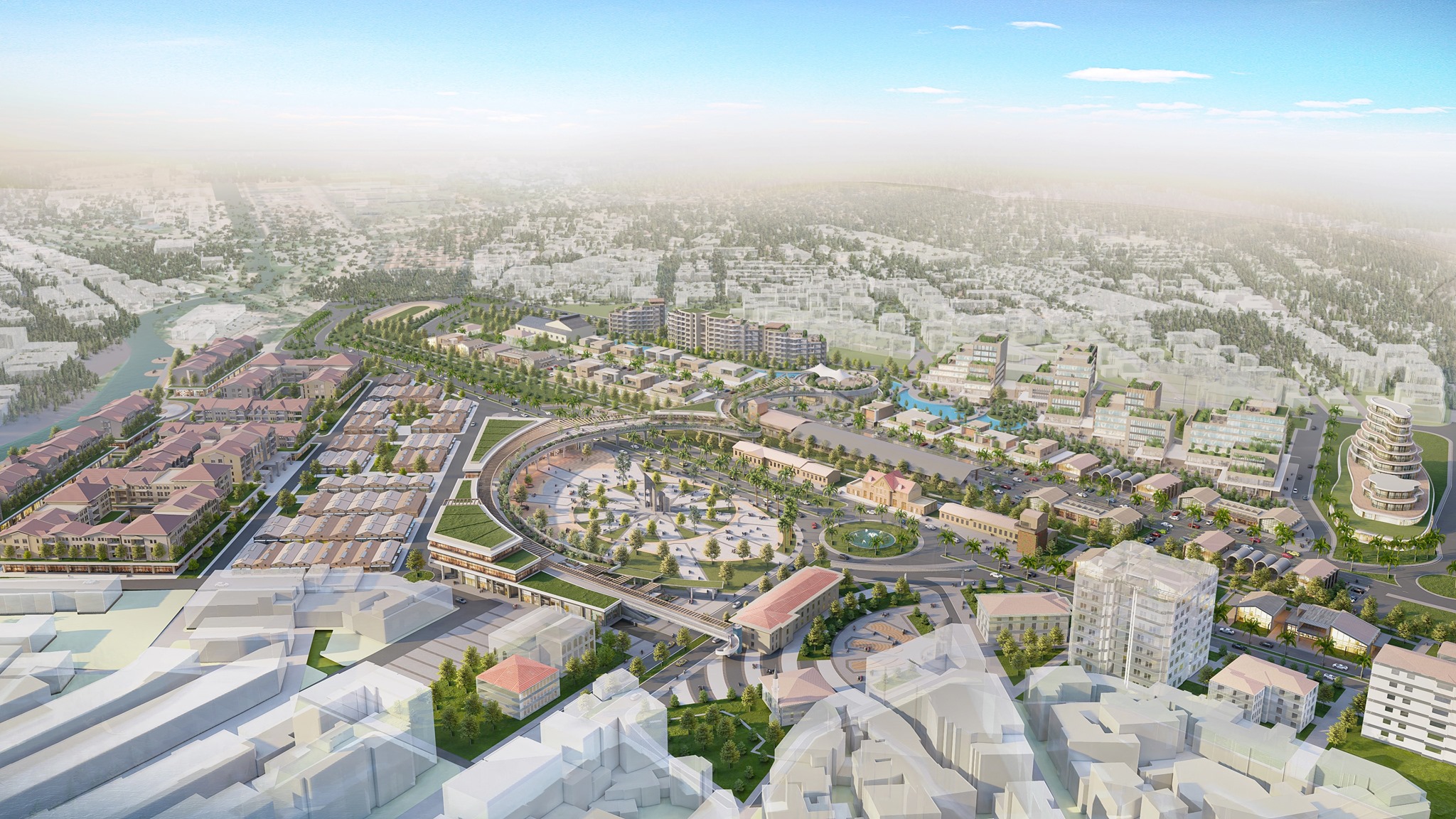- Home
- Articles
- Architectural Portfolio
- Architectral Presentation
- Inspirational Stories
- Architecture News
- Visualization
- BIM Industry
- Facade Design
- Parametric Design
- Career
- Landscape Architecture
- Construction
- Artificial Intelligence
- Sketching
- Design Softwares
- Diagrams
- Writing
- Architectural Tips
- Sustainability
- Courses
- Concept
- Technology
- History & Heritage
- Future of Architecture
- Guides & How-To
- Art & Culture
- Projects
- Interior Design
- Competitions
- Jobs
- Store
- Tools
- More
- Home
- Articles
- Architectural Portfolio
- Architectral Presentation
- Inspirational Stories
- Architecture News
- Visualization
- BIM Industry
- Facade Design
- Parametric Design
- Career
- Landscape Architecture
- Construction
- Artificial Intelligence
- Sketching
- Design Softwares
- Diagrams
- Writing
- Architectural Tips
- Sustainability
- Courses
- Concept
- Technology
- History & Heritage
- Future of Architecture
- Guides & How-To
- Art & Culture
- Projects
- Interior Design
- Competitions
- Jobs
- Store
- Tools
- More
Transformative 18th Century Architecture: Styles, Innovations, and Lasting Impact
Discover the transformative beauty of 18th-century architecture in this insightful article. Explore key styles like neoclassicism and colonial revival, learn about prominent architects such as Andrea Palladio and Robert Adam, and uncover the defining features that shaped modern design.

The 18th century was a transformative period for architecture, marked by innovation and a shift toward elegance. As we explore this era, we’ll discover how styles evolved, reflecting societal changes and cultural influences. From the grandeur of neoclassicism to the charm of the colonial revival, each architectural style tells a story of its time.
We’ll delve into the key features that define 18th-century architecture, examining the intricate details and design principles that continue to inspire modern builders and architects. Join us as we uncover the beauty and significance of this captivating period, showcasing structures that have withstood the test of time and continue to shape our urban landscapes today.

Table of Contents
ToggleOverview of 18th Century Architecture
18th-century architecture embodies a period marked by a blend of elegance and innovation. We see a transition in design from baroque exuberance to the more restrained neoclassicism, reflecting the cultural shifts of the age.

Neoclassicism
Neoclassicism emerged as a dominant style in the 18th century, inspired by the principles of ancient Greek and Roman architecture. Key features include:
- Symmetry: Balanced proportions that convey harmony.
- Columns: Use of Corinthian, Ionic, and Doric columns adds grandeur.
- Simplicity: Focus on clean lines and minimal ornamentation enhances aesthetic appeal.
Colonial Revival
Colonial revival architecture reflects America’s historical roots, showcasing a renewed interest in early American design. Important aspects include:
- Gable Roofs: Prominent, steeply pitched roofs enhance visual impact.
- Symmetrical Facades: Evenly spaced windows and doors create a sense of order.
- Brick and Wood: Traditional materials like brick and wood add authenticity.
Defining Features
18th-century architecture incorporates several defining characteristics:
- Pediments: Triangular gables often adorn entrances, offering classical influence.
- Large Windows: Expansive windows allow natural light, promoting openness.
- Intricate Moldings: Detailed moldings and cornices enhance structural elegance.
Impact on Modern Architecture
The architectural principles from the 18th century continue to influence contemporary design. We can see their legacy in various modern structures that emphasize simplicity, balance, and a strong connection to historical precedence.
Key Characteristics of 18th Century Architecture
Eighteenth-century architecture showcases distinct styles that emphasize elegance and functionality. The period reflects a blend of cultural influences and architectural innovations, particularly evident in its most prominent movements.

Influence of Baroque Style
Baroque style, prominent in the early 18th century, emphasizes dramatic expressions and elaborate details. Structures often feature:
- Curved forms: Bowed facades and vaulted ceilings create a sense of movement.
- Ornate decorations: Intricate moldings and gilded ornaments adorn various surfaces.
- Emphasis on light: Large windows and strategically positioned openings allow natural light, enhancing the interior environment.
These features highlight a transition from rigid classicism to more expressive designs, showcasing the luxury and grandeur of the period.
Rise of Neoclassicism
Neoclassicism emerged as a reaction against Baroque extravagance, rediscovering the principles of ancient Greek and Roman architecture. Key elements include:
- Symmetry: Facades exhibit balanced proportions, enhancing visual harmony.
- Columns and pilasters: Grand columns, often in the Doric or Ionic styles, provide structural support and aesthetic appeal.
- Simplicity: Designs prioritize clean lines and understated elegance, focusing on functional beauty.
This architectural movement played a crucial role in defining the aesthetic of the period, influencing public buildings and private residences alike. The focus on classical virtue and order remains foundational in contemporary design practices.
Prominent Architects of the 18th Century
We explore the influential figures of the 18th century whose work shaped architectural styles and principles, leaving a lasting impact on design.

Work of Andrea Palladio
Palladio’s influence permeated the 18th century, even though he passed in the 16th century. His principles of symmetry, proportion, and classical elements formed the foundation for neoclassical architecture. Notable works, such as the Villa Rotonda, exemplify his signature use of porticos and effective balance. Many architects of the 18th century drew inspiration from Palladio’s five orders of columns and harmonic designs. His treatise, “The Four Books of Architecture,” served as a reference for architects, guiding the practice of classical architecture well into the 1700s.
Contributions of Robert Adam
Adam redefined neoclassical architecture during the 18th century with a focus on elegance and refinement. His unique style merged classical architecture with decorative arts, emphasizing harmonious proportions and intricate details. Noteworthy projects include the Culzean Castle and the interiors of Kenwood House, showcasing his innovative use of plasterwork and color. Adam’s work highlighted the importance of interior spaces and established new standards for residential design. His ability to blend functionality with aesthetic appeal influenced not only architecture but also furniture design, paving the way for the popular Adam style.
Notable Structures from the 18th Century
We highlight notable structures that defined 18th-century architecture, showcasing both American and European examples that reflect the period’s stylistic innovations.

American Examples
- Monticello, Virginia
Designed by Thomas Jefferson, Monticello features neoclassical elements, including a domed roof, porticos, and harmonious proportions. Its landscape design emphasizes integration with nature.
- Independence Hall, Pennsylvania
This iconic building embodies colonial revival architecture with its red brick facade, symmetrical design, and classic steeple. It served as a pivotal location for American independence discussions.
- Virginia State Capitol, Virginia
Inspired by the Roman Pantheon, this structure showcases grand columns and a rotunda. Designed by Jefferson, it reflects neoclassical ideals and serves as a key governmental hub.
- Mount Vernon, Virginia
George Washington’s plantation home combines Georgian and neoclassical styles. Its distinctive features include a symmetrical facade, expansive gardens, and elegant woodwork.
European Examples
- Palace of Versailles, France
An iconic symbol of Baroque architecture, Versailles features opulent decorations, expansive gardens, and intricate detailing. It represents the height of 18th-century French elegance.
- St. Paul’s Cathedral, England
Designed by Sir Christopher Wren, this masterpiece exhibits a domed structure with neoclassical influences. Its grand scale and exquisite stonework symbolize resilience and innovation.
- Karlskirche, Austria
Reflecting Baroque style, this church features a distinctive cupola and ornate decoration. Its impressive columns and harmonious proportions underscore its architectural significance.
- The British Museum, England
This neoclassical structure highlights a Greek revival style with its monumental columns and vast atrium. It serves as a prime example of how architecture can embody knowledge and culture.
These structures illustrate the diverse architectural expressions during the 18th century, influencing styles and design principles that resonate in contemporary architecture.
Conclusion
18th-century architecture represents a pivotal period that shaped modern architectural principles. Neoclassicism, with its focus on symmetry and simplicity, became a formal response to the earlier Baroque extravagance. This period witnessed a blend of elegance, technical innovation, and cultural reflection, resulting in designs that continue to inspire.
Prominent architects like Andrea Palladio and Robert Adam played essential roles in this transformative era. Palladio’s principles of proportion and symmetry laid the groundwork for neoclassical architecture, while Adam introduced refined decorative elements that enhanced the architectural narrative. The remarkable structures from this century, including Monticello and St. Paul’s Cathedral, exemplify the artistic and functional aspirations of the time, showcasing a diverse architectural landscape.
Our exploration underscores the enduring legacy of 18th-century architecture. Key characteristics and innovative movements continue to influence contemporary design, affirming the transformative impact this era had on our urban landscapes. Through the lens of past architectural achievements, we gain insight into enduring principles that shape today’s architectural endeavors.
- 18th century architect
- 18th century architectural design
- 18th century architectural features
- 18th century architecture
- 18th century architecture history
- 18th century building styles
- 18th century building techniques
- 18th century European architecture
- Baroque Architecture
- colonial architecture
- Georgian Architecture
- historic architecture
- neoclassical architecture
- period architecture
- rococo architecture
I create and manage digital content for architecture-focused platforms, specializing in blog writing, short-form video editing, visual content production, and social media coordination. With a strong background in project and team management, I bring structure and creativity to every stage of content production. My skills in marketing, visual design, and strategic planning enable me to deliver impactful, brand-aligned results.
Submit your architectural projects
Follow these steps for submission your project. Submission FormLatest Posts
8 Examples of Successful Disaster Resilient Architecture
As climate risks increase, architects around the world are creating innovative structures...
Preventing Cyber Threats in Smart Buildings by Design
The trend of integrating IoT technologies into buildings isn’t going away. More...
Procreate vs Photoshop: Should Architects and Designers Use Them for Architecture Work?
Procreate vs Photoshop for architects: see when to sketch on iPad and...
A Beginner’s Guide to Using Heat Pumps
Understanding home heating and cooling can be confusing, especially if you’re starting...












Leave a comment